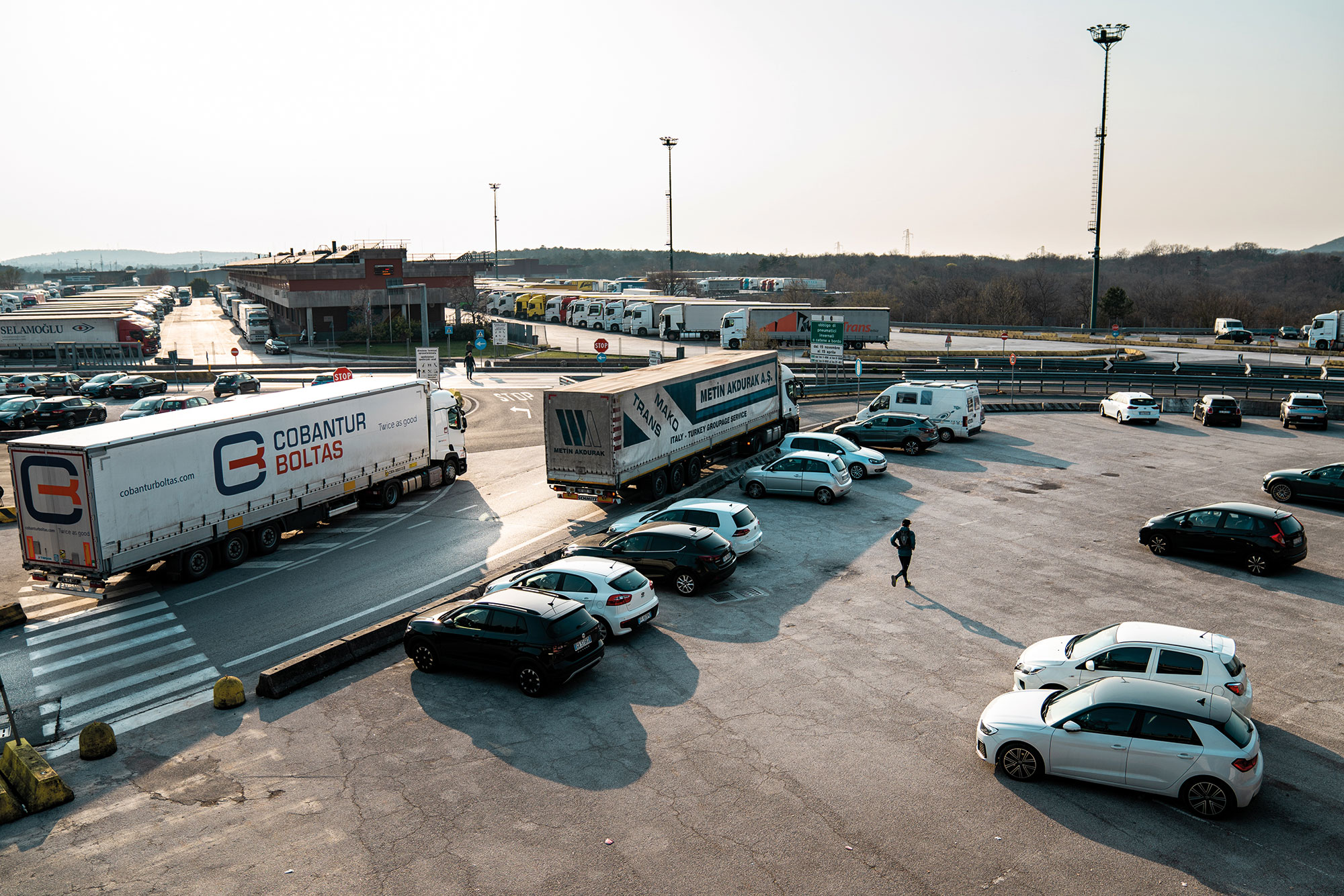By: Davide Fioraso
Photos: Camilla Pizzini
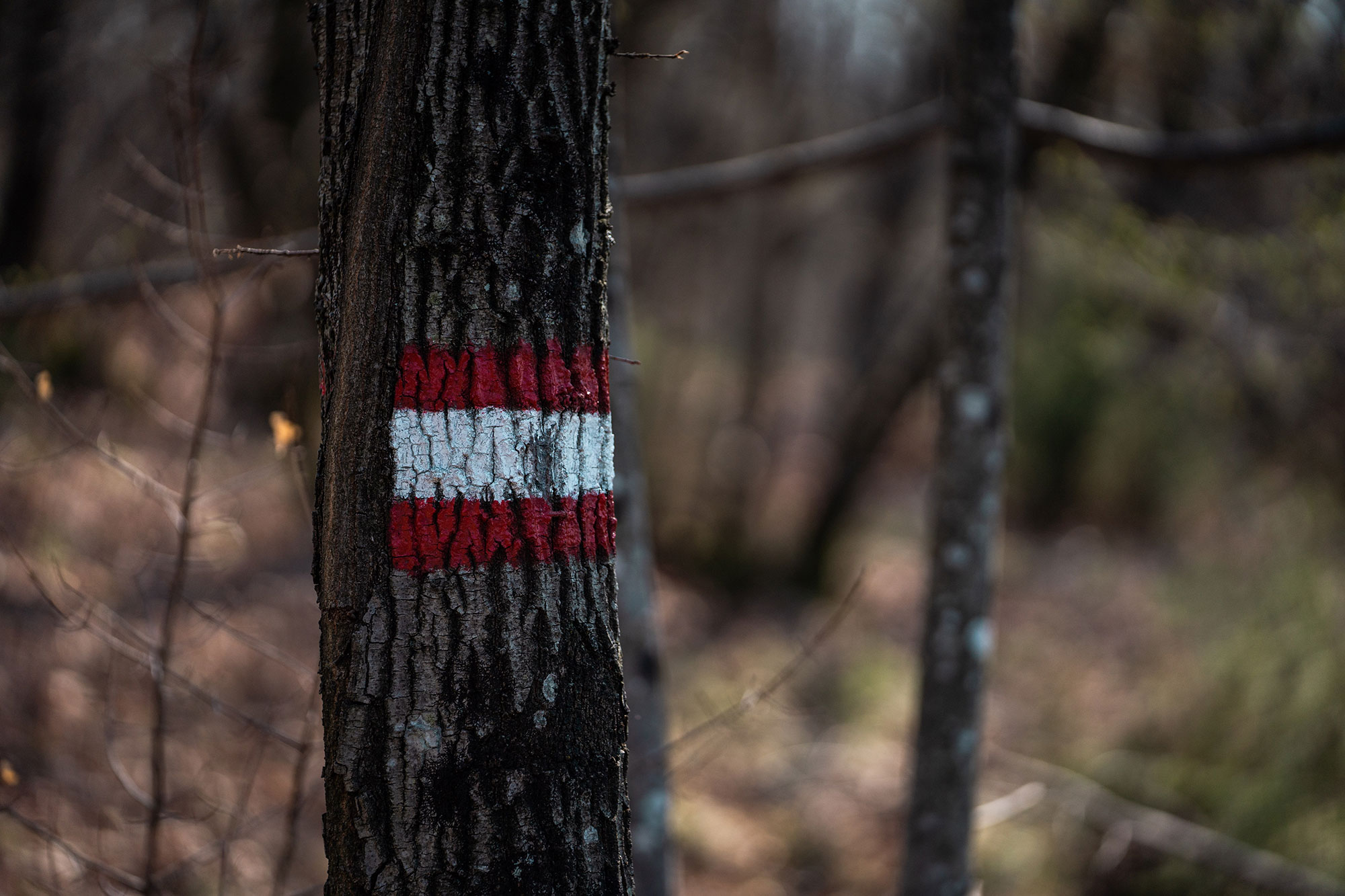
Trail running straddling Italy and Slovenia: the Karst Ride
A maritime city with secret streets such as “carruggi”, an imperial town where the Habsburg domination is strongly felt. A city with numerous borders, not only geographic but also cultural and historical, crossroads of Latin, German and Slavic worlds, cradle of great intellectual conversationalists and conciliators, of people like Umberto Saba, Italo Svevo and James Joyce. A multicultural dimension rich in components and contrasts, derived from its geographical position, its history and its morphology, suspended between the Adriatic Sea and the karst plateau. Unique expression of Central European art and culture between the Balkans and the Mediterranean. I’m talking about Trieste, one of the most beautiful and fascinating Italian cities.
For some years now, my heart has lived here. But to tell this story, the story of Sentiero 3, I had to go back to 1987.
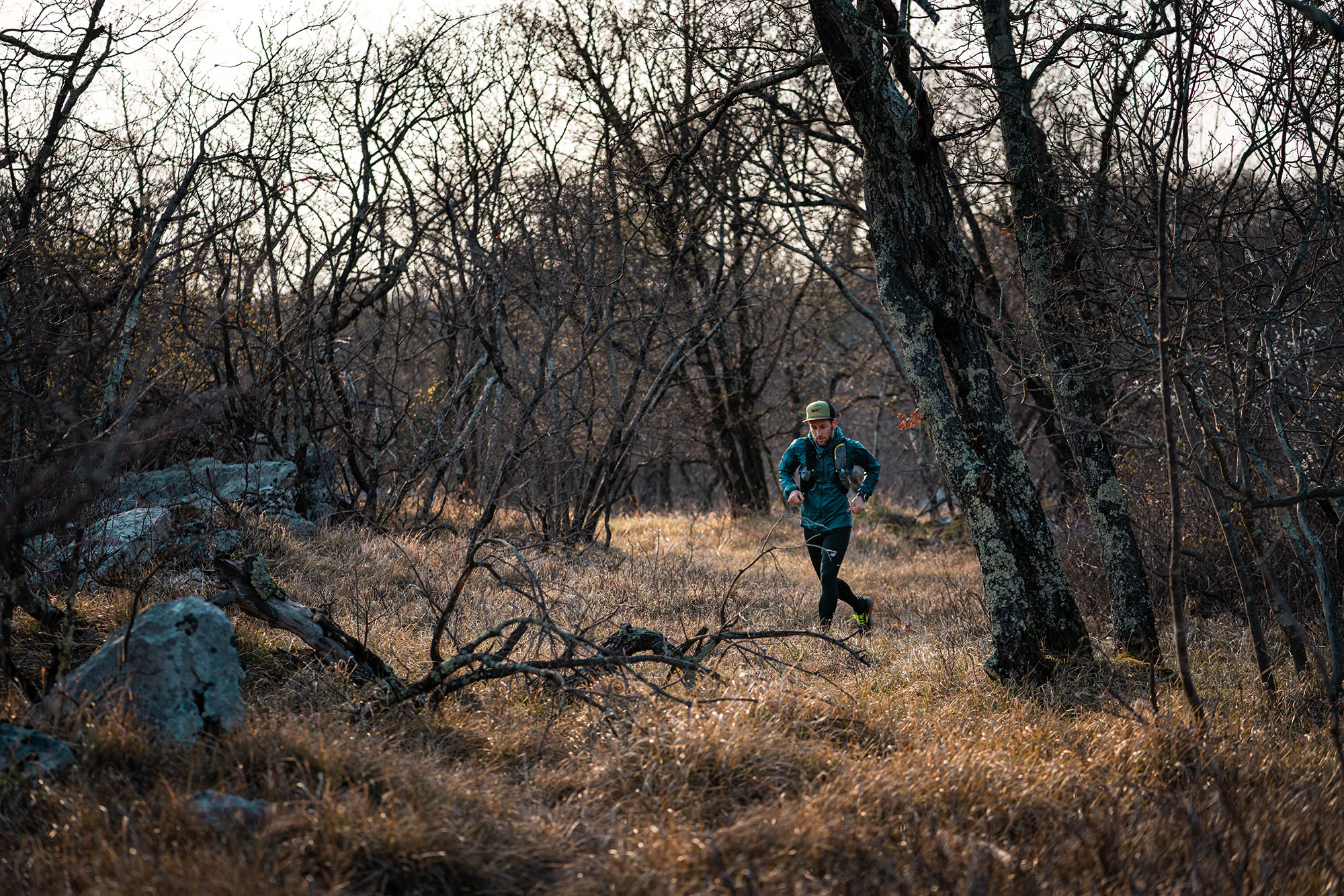
I have always thought that Trieste (and its people) has a particular relationship with the world of running. Strongly rooted and communal. Deliberately territorial and marginalized. Something that has a lot in common with its history of rock climbers. Trieste is home to mountaineers like perhaps no other seaside town. Charismatic fathers and brilliant innovators such as Julius Kugy and Emilio Comici, extensively investigated and told, but also Berto Pacifico, Ezio Rocco and the many people who over the years have raised the name of the Trenta: from Guglielmo Del Vecchio to Bruno Crepaz, from Tiziana Weiss to Enzo Cozzolino, to whom one of the two local sections of the Club Alpino Italiano is named after. The tradition and the activity of the two CAI offices made possible of having nowadays an offer of the territory that is truly surprising and enjoyable. Which is at least unusual for a sea port. Even more if you think that the Società Alpina delle Giulie has its own mountain running group, the CAI CIM, born in 1995 from the union of sportsmen, from the most varied mountaineering realities, and simple peaks lovers with a competitive past. A team of enthusiasts who, from Nanos or Val Rosandra, began to bring a piece of Trieste between the Alps and the Dolomites, promoting this sport among the squares and following, since the end of the 90s, the path of exploratory running, with ever greater distances, in partial or total self-sufficiency, reducing the travel times for excursions.
It is on this fertile ground that the story of the Karst Ride is born, a thin red line that runs for more than 50km between Italy and Slovenia. This name is already intriguing in itself, it gives the sense of something epic and definitive. Something I’ve wanted to tell for too long. Exactly from that distant 2015, when I ran it for the first time. Yes, because on Sentiero 3 one of the most beautiful pages of Italian trail running has been written, and is still written. A story that has lasted for 35 years and is renewed every first Sunday of December.
To understand its origins, one must come across the stories of Claudio Sterpin, born in 1939, a living monument of endurance, forerunner of ultramarathon as we know it today. A man who started running with the Bersaglieri feather on his hat, in the early 60s, and said goodbye to the competitive activity at the age of 81, after having marked the history of this sport internationally.
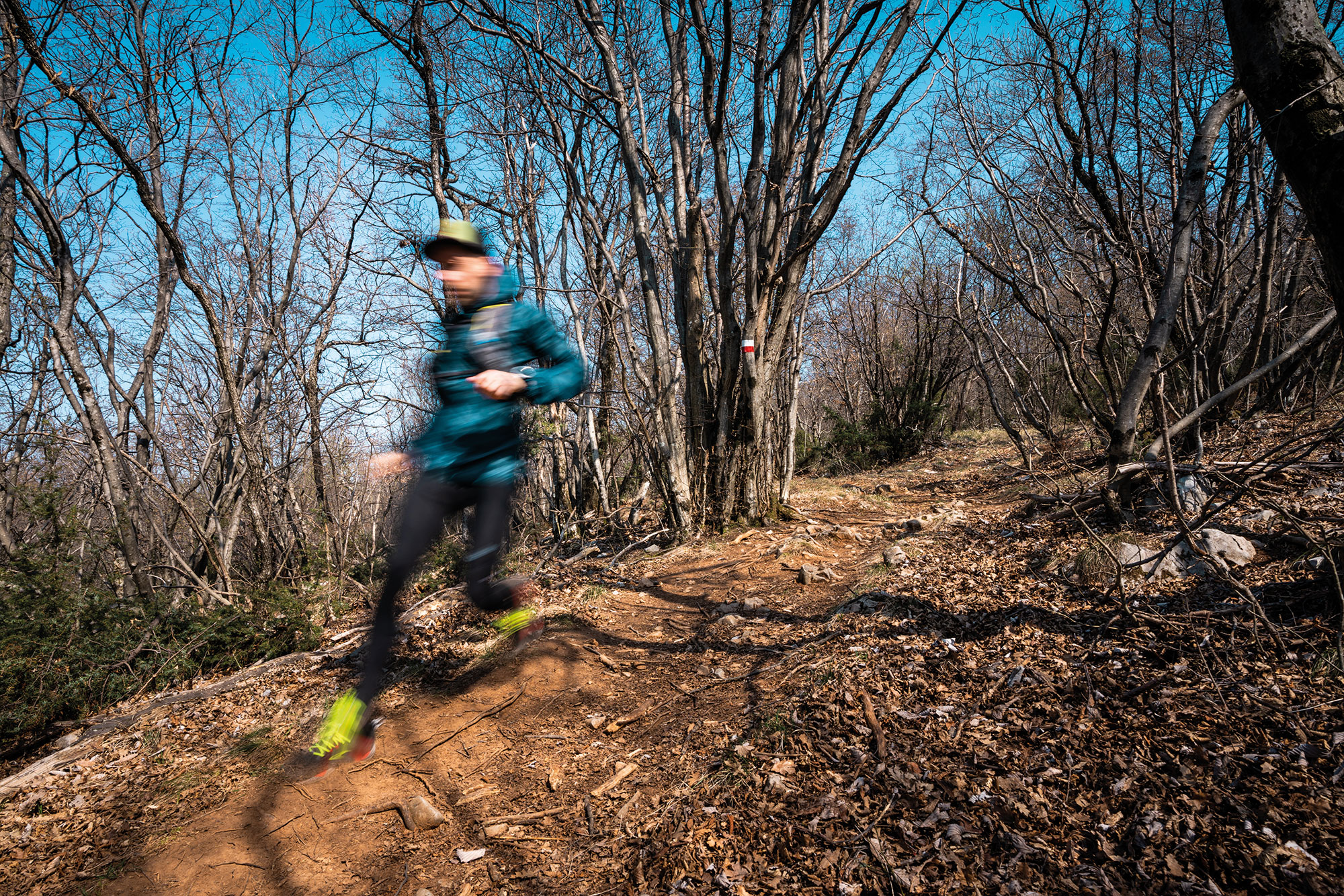
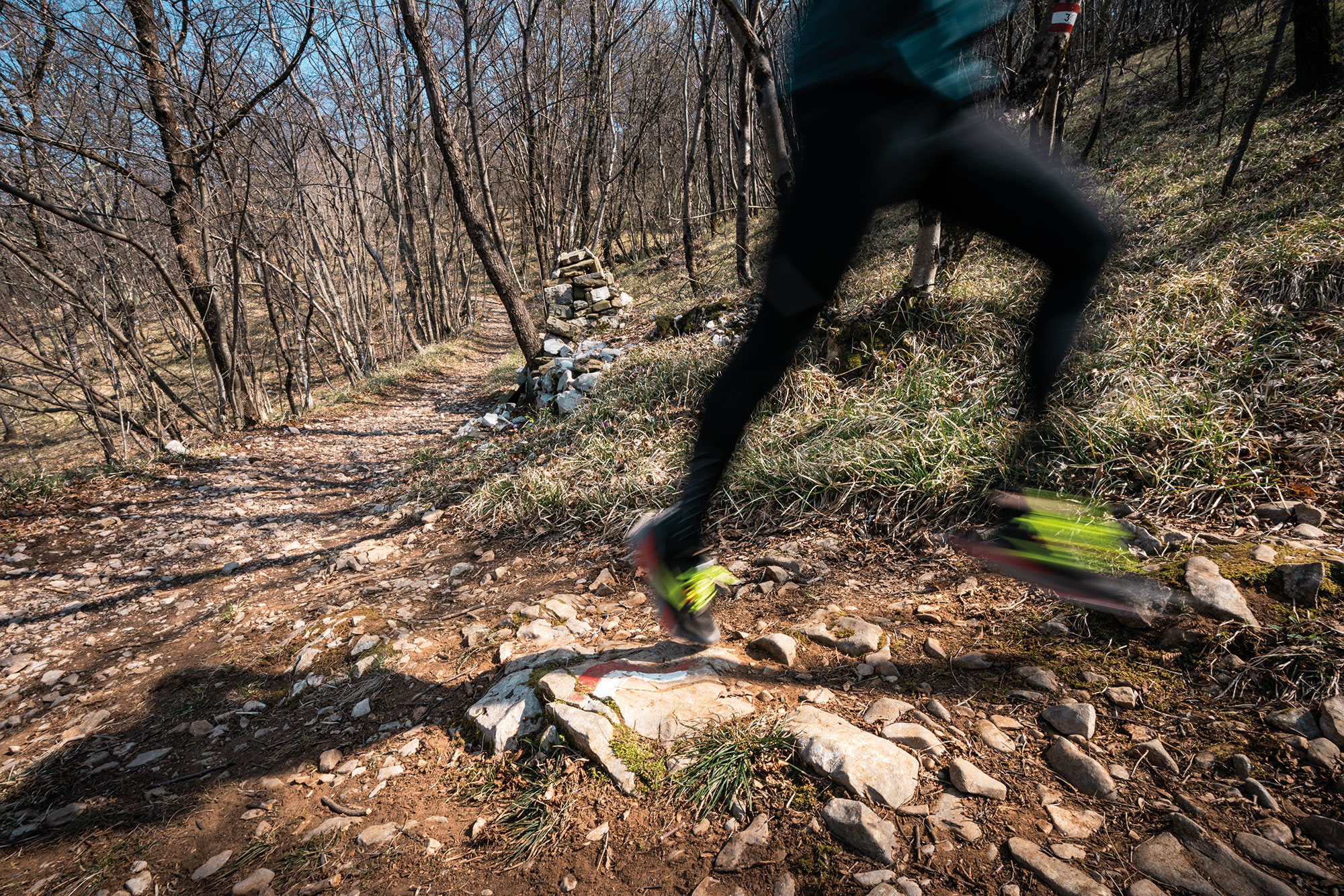
“At the end of summer 1987, an article in the local newspaper emphasized the expedition of some CAI members who had covered the entire route of Alta Via del Carso Triestino, the above mentioned Sentiero 3, in about 12 hours. Rodolfo Geic, supported by Virgilio Zecchini, expressed his intention to “do better” than that expedition, involving me and Armando Germani in the challenge. The attempt would take place on the first Sunday of December. The Fonda cousins, uncle Rudy’s nephews, on a minibus, had the task of assisting us in those places that have remained the same as they are today: Basovizza, Fernetti, Monrupino and Goriansko. A few weeks before the fateful date, joined the group the eldest cousin of the Fonda family, Diego, a 2h45’ marathoner, and two Maurizio: Potossi (mountaineer and middle-distance runner of San Giacomo) and Vangi (fresh from his record, never beaten, of 2h21’18” in the Karst Marathon). Already at the start, however, faithfully maintained for years at 7.30am, both Vangi and Germani expressed their intentions to abandon us in Gropada, from where, by prolonging their warm up, they would have reached Foiba di Basovizza to participate in the first test of the “Triptych”. In conclusion, after losing Diego Fonda for some cramps a few kilometers before Goriansko, we arrived in Jamiano, all together, as agreed, a few minutes before the scheduled 6 hours.”
Since then, with the same spirit with which Rodolfo and Virgilio had conceived the Ride, the tradition has continued to repeat itself up to the present day. To live and evolve on the thrust of a healthy and chivalrous rivalry. A rivalry that first leads each of us to seek personal limits and, immediately after, to measure them with those of others, with the innate competitive spirit that remains the basis of all human undertakings. But regardless of this competitive spirit, the Ride continues to represent, today, the healthiest and most genuine expression of this sport. A race that has managed to assume the status of myth and legend for this aura that preserves its undisputed charm of the past. Someone had tried to advertise the event, but the initiative was nipped in the bud. After all, as Stefano likes to remind: “first rule of the Ride: you do not talk about the Ride.”
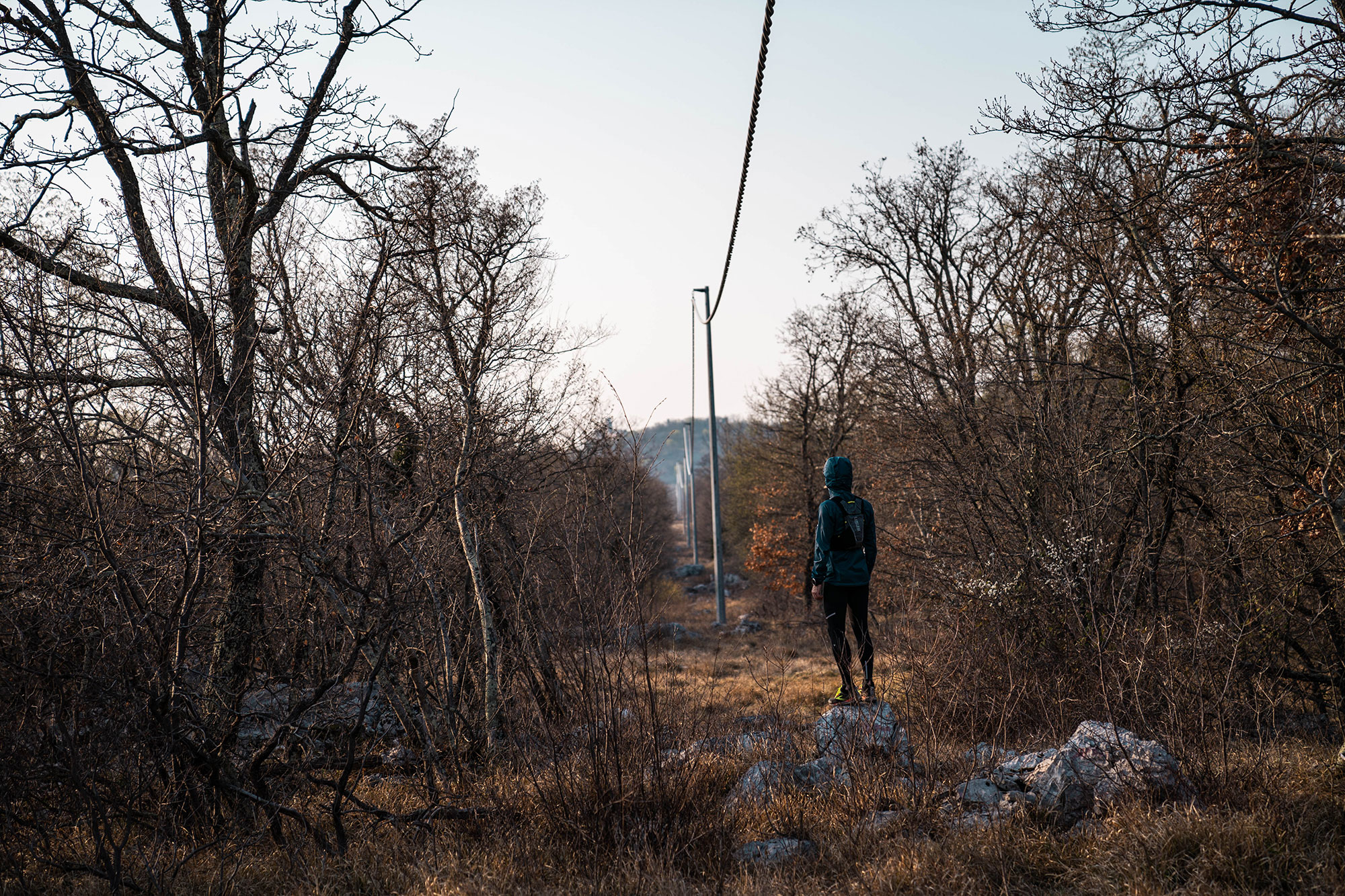
No sponsors, no organization, no bibs, no assistance, no participation fees. Only a route with red and white trail signs, sometimes evident and others not at all, to unravel a thread that runs in a tangle of traces, streets, sinkholes, clearings, woods and stony grounds along the border line between Italy and Slovenia, in a continuous ups and downs undulated by modest hills. Don’t look for it on the internet or in the race calendars, you won’t find confirmation anywhere, you just “know it’s there”. Just show up at 7am at the Pesek border crossing on the first Sunday of December. And you will not be alone. To register, look for an old Volkswagen van and two willing timekeepers, harnessed to face the morning chill, who take note of the participants with a pencil. The briefing from the loudspeaker, with vague indications in the Trieste’s dialect, is something that will remain in your memory forever, translated it sounds like this: “Guys, the route is marked, but beware of crossroads. Normally you have to turn left, but sometimes also right, today it’s sunny so it’s easy, the race goes west, so you will have the sun on your back or on your left. But if you find it in front of you, you took the wrong road and you have to go back.”
Here’s starts the real story I want to tell you. A story made of effort, joy, loneliness and wild nature. Names like Cocusso, Orsario, Lanaro, Ermada, unknown to me until recently. Names that have entered my mind today and that are part of a journey that I will never forget: the karst plateau all at once. A scenography that alternates Mediterranean scrub woods with infinite panoramas towards the Gulf of Trieste. On the opposite side, the unknown, the Vipava Valley and the Dinaric Alps. A wild, sometimes harsh environment, yet so close to civilization. For kilometers and kilometers you will encounter nothing or nobody, only oaks, holm oaks and maritime pines, short stretches of pasture, karst steppe moved by the wind, sinkholes, stony grounds parched by the bora wind, furrowed fields and old border signs. Few passages in small inhabited centers, Grozzana, Monrupino, Medeazza, the crossing of the provincial roads that lead to the Basovizza, Fernetti, San Pelagio passes. Trails with a hard and technical terrain, where every step hides a pitfall, where the soles of the shoes, at a certain point, will begin to beg for mercy.
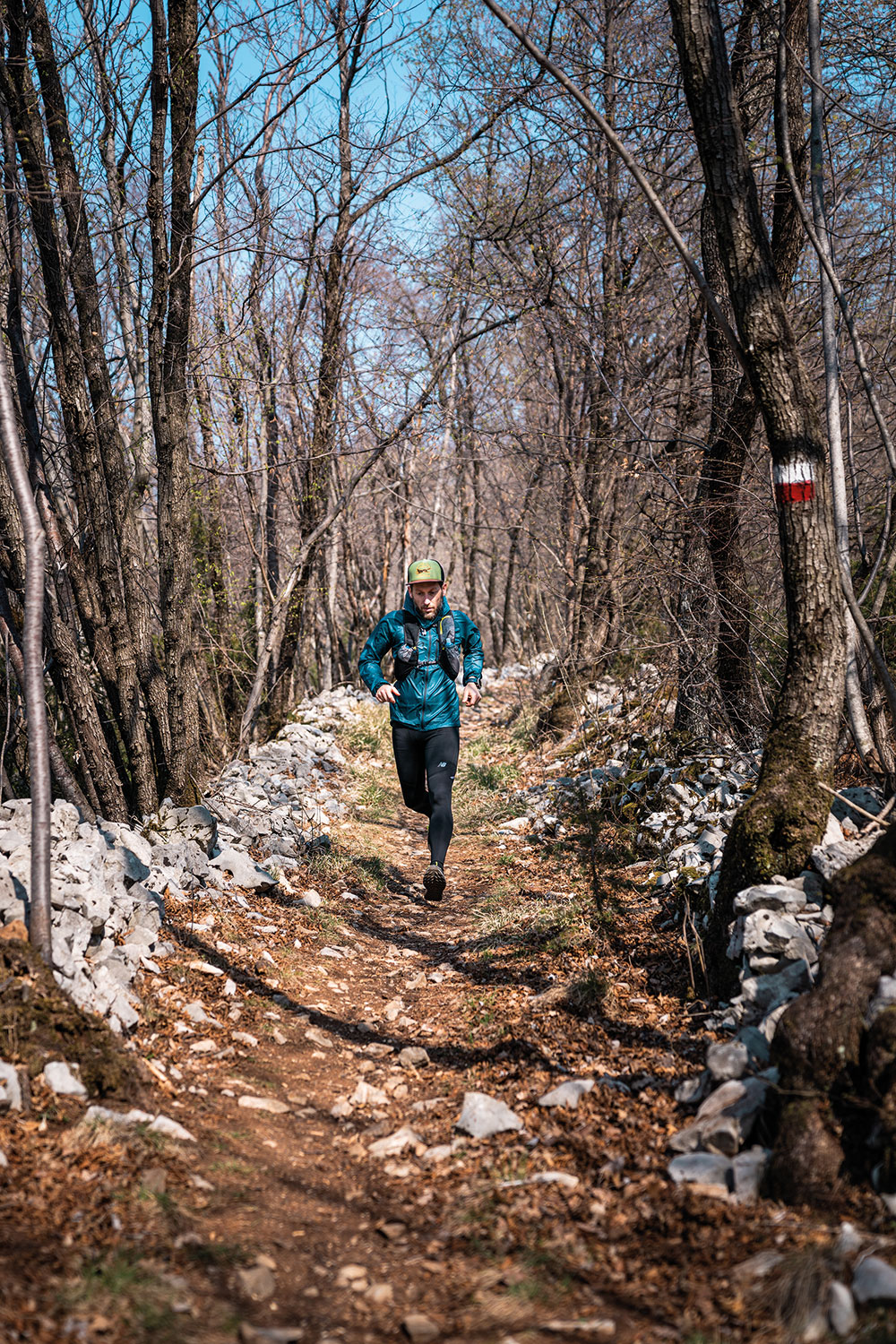
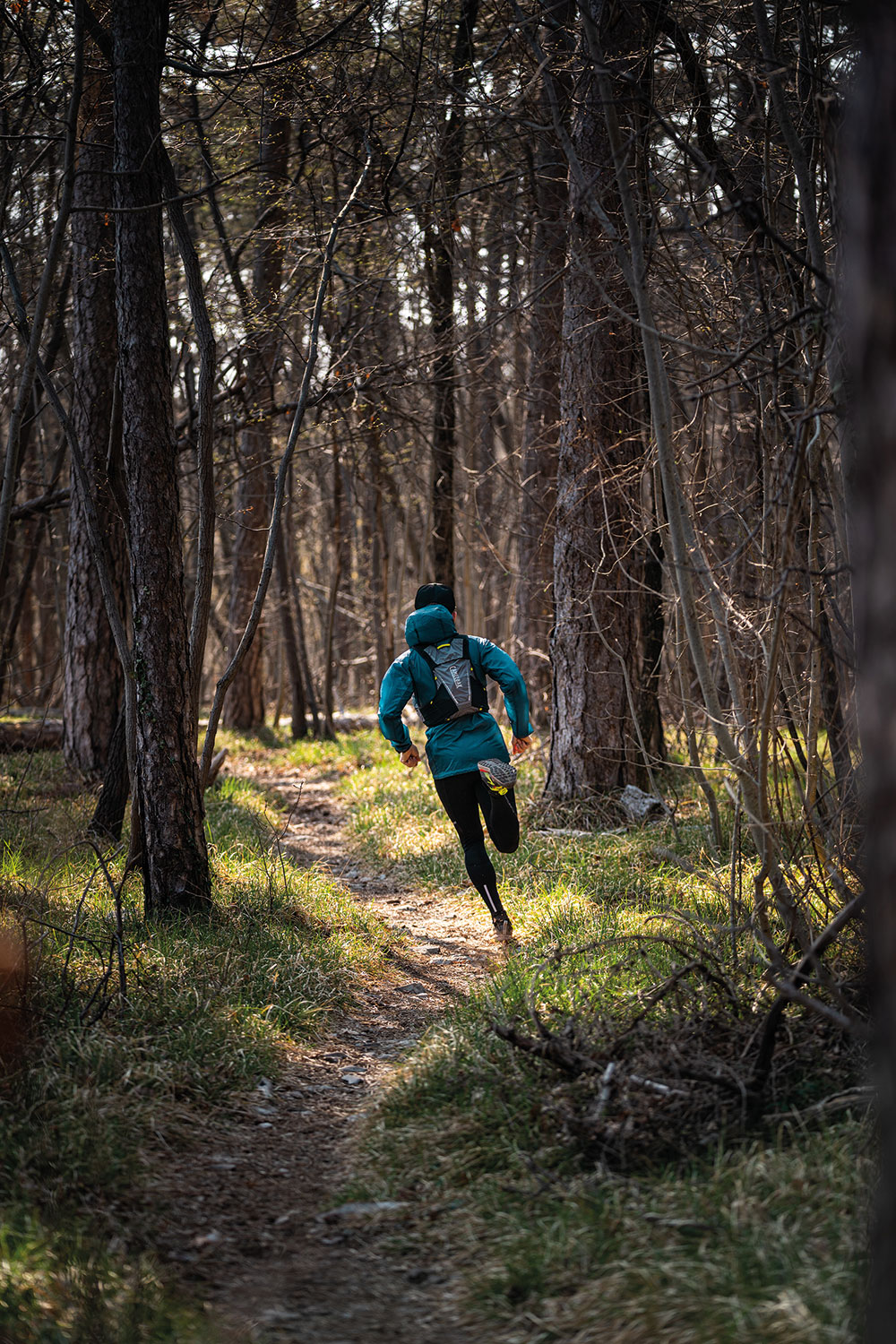
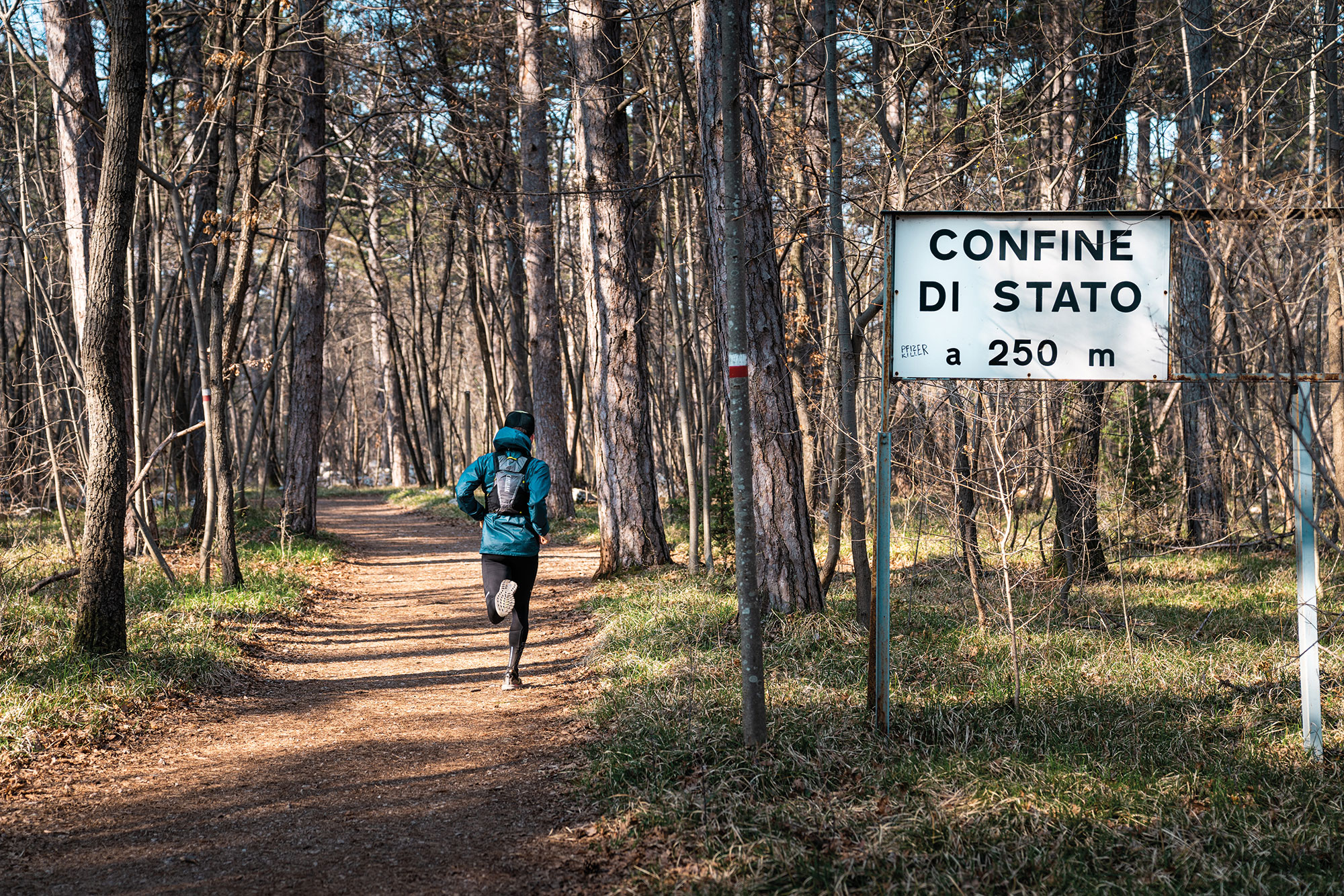
Right from the start, the Ride will begin to introduce you to its often nervous aspect. Between Bosco dei Pini and Igouza you will be able to run quickly on the route, running fast and making your legs turn. But you will have to taste the terrain carefully, show off absolute skill and foot wisdom. You will have to concentrate in order to not miss the intersection or to go straight at the slightest distraction. On the descents, just let yourself go and entrust yourself to your favorite saint, or to the intelligence of your reflexes, to the sharpness of your gaze. If everything goes well you will reach Trebiciano and its abyss, which descends for 329 meters into the bowels of the earth. Then the railway bridge, the motorway underpass, and the Fernetti pass, where Bulgarian and Moldovan truck drivers, coming from the large intermodal infrastructure, will mix with the modest cross-border traffic. Here you can play it off, inflate your chest and take the tone of the one who has not yet made the slightest effort. But it’s only an appearance. In Col di Monrupino take advantage of a cup of hot tea generously offered by some volunteers, enjoy a chat, if you still are able to bluff. Because from here on, there is a part of the route that is made up of immense solitude. Up to San Pelagio you will be alone, immersed in a track of infinite serpentines, dotted with rocks that emerge from everywhere. Here you will not have to run, you will have to dance jumping from one point to another to find the best piece of terrain. You will only have to calibrate the pace, follow the flow and immerse yourself in order to feel the route that clings to you like a hug. And when, finally, you will arrive at those hundred meters of provincial road that you will have to cross, you will feel like you’ve just woken up from a long dream, you will wonder what has happened in all this time, and you will realize that you have only been chasing thoughts.
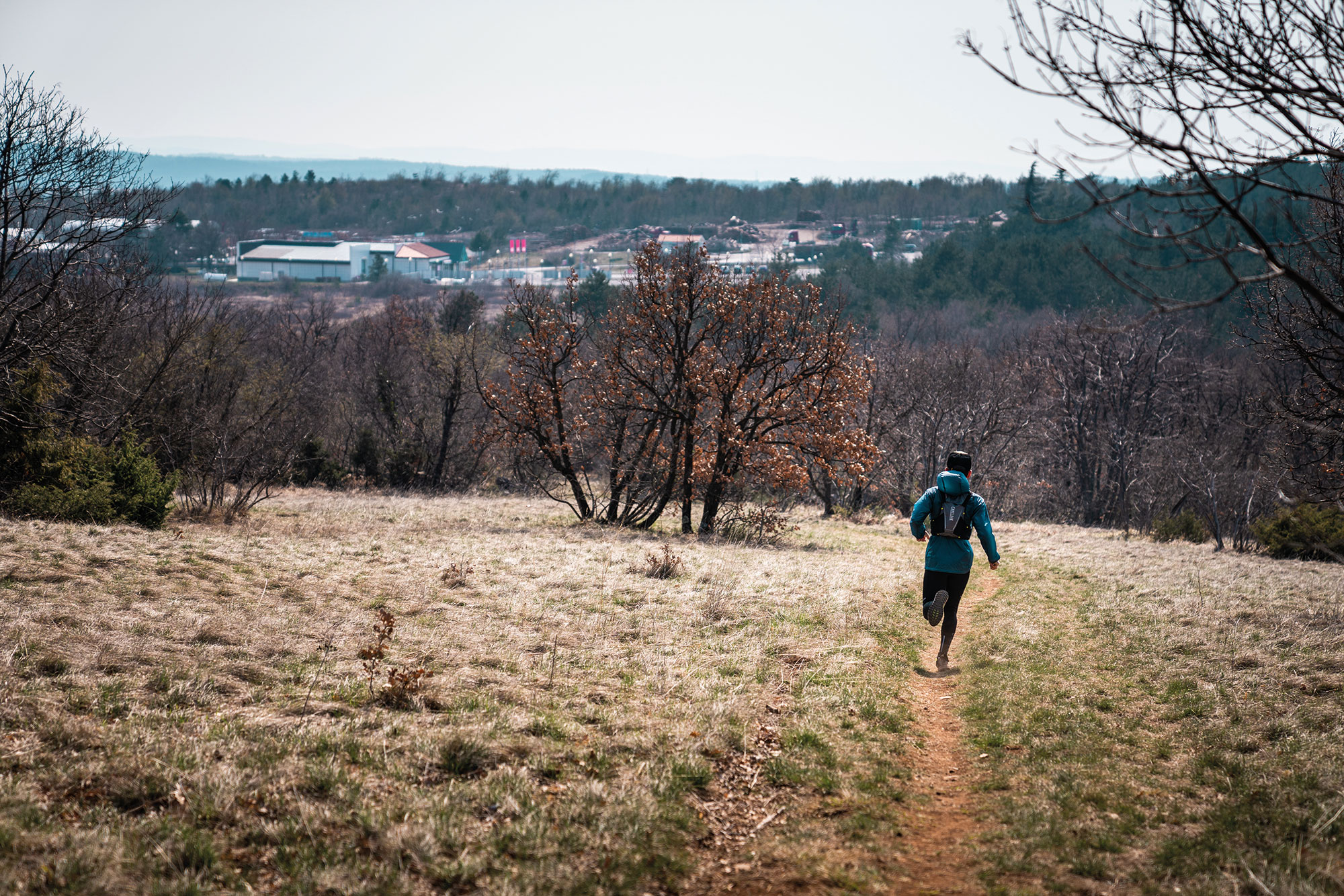
Once out of the woods, smelling of grass and mud, on that road to San Pelagio where friends and family usually wait, you will have left 37km behind and you will be able to take a short break. If you are lucky, you will find a few bottles of Coca Cola left there for the most desperate ones. You can also play it off, but no one will believe you anymore. Just look at your face. The route will seem to give you a little peace but it is a mere illusion made to perfection. The speed you think you are regaining is bound to vanish because this is where you will have to pay the bill for all that dancing. The road flattens out into wide dirt roads, but Mount Ermada is there in front of you, you can look it in the eye before it gets swallowed up by the woods. You already know that this will be your last torture. Now it’s all about zigzagging through trees, playing roller coasters with sinkholes. You will pass on the rocky mounds of Elder, among the remains of the trenches. A rusty shovel to mark the climax. Walk, which is not worth risking. You’re at kilometer 44 and you’ll want to wipe that smile off your face. You still have to spit out a lot of blood. You know what awaits you as soon as you come out of the woods and you already savor the landscape that welcomes you up there, as you pass over the oil pipeline. You’ll feel like to run it but that’s not possible. And when you will climb over that high voltage pylon, you will see the village of Jamiano from above. But you still can’t get there, not from here, because the arrival is there.
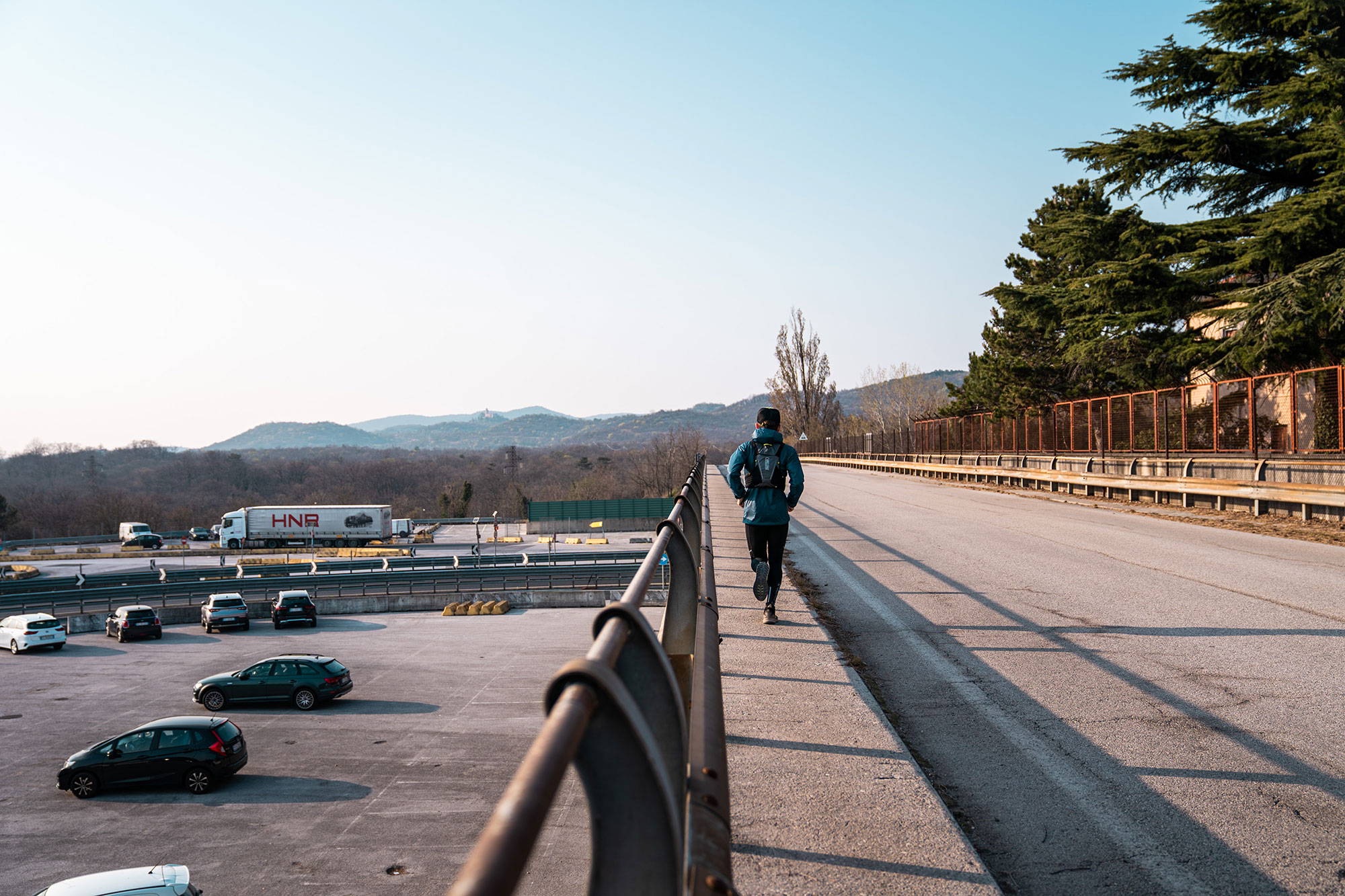
Downhill, the houses of Medeazza await you. On your left, the faint rays of the sun shine on the coast of Grado and the Lagoon of Marano, while the mist unfolds over the Friuli plain. There, in the background there’s the hemicycle of Carnic and Julian with the first snow. In the center, in front of you, if you sharpen your eyes and know how to recognize it, you will see the Matajur. If you turn around, however, you can visualize where you’re coming from, and it’s always, incredibly, amazing. Medeazza is now within reach, even if the feet, on this ground, suffer. Behind the last trees hides Jamiano, a small fraction of the scattered municipality of Doberdò del Lago. The route dies on the asphalt, on the road named after the Slovenian poet Simon Gregorčič. This is where the two timekeepers will take note of your name. Assuming you arrive before sunset. Your long run will end without any fuss, without banners, showers or awards. Not even a mean of transport to return to the start line, so you have to come prepared. If you’re lucky, you will find a cup of tea provided by a generous volunteer, or a couple of Lasko beers left to freeze on a low wall.
The Karst Ride every time ends in the same way, leaving you with the feeling of having concluded yet another journey, against the Karst, against yourself. In a few days, on some obscure side of the internet you will find the rankings and maybe the local journal will publish the usual paragraph about it. Nothing more, nothing less. Simply wonderful. The Karst Ride is part of me, as is this corner of Italy in the center of Europe.
